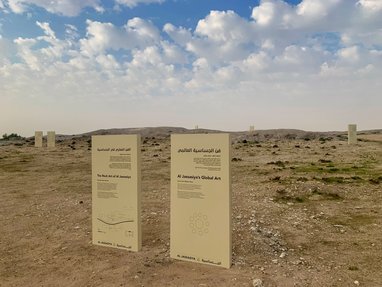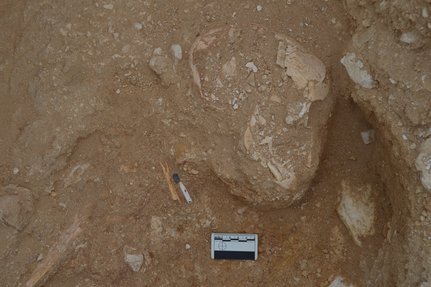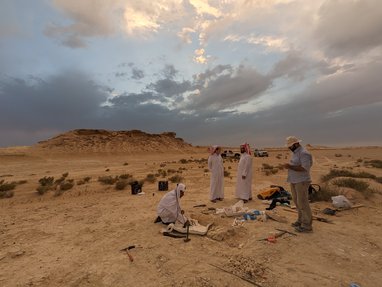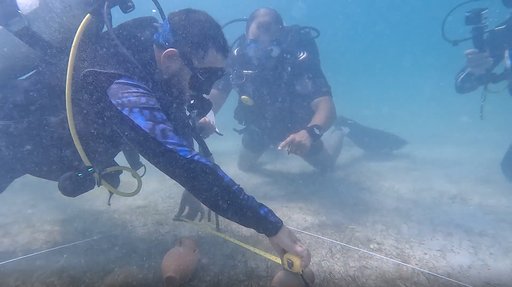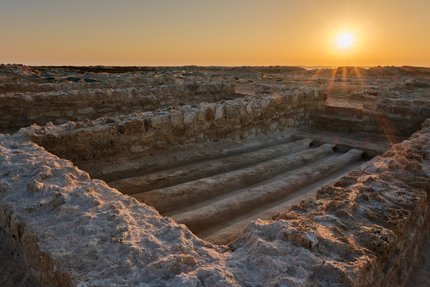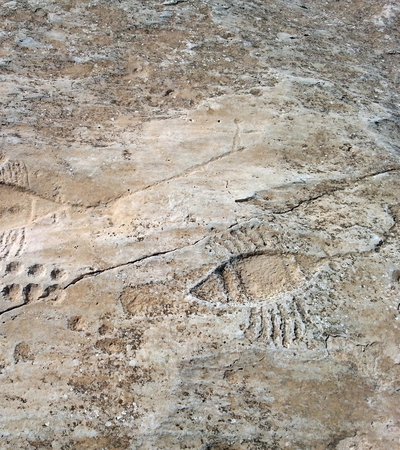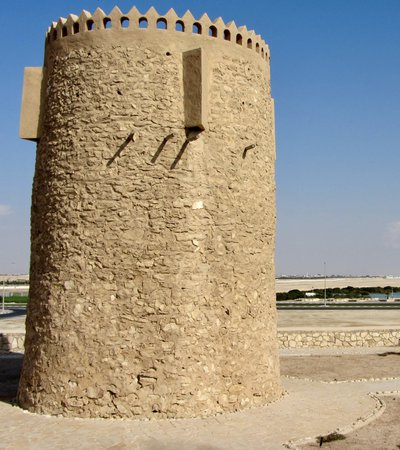Current Research Projects
Preserving the Qatari Prehistoric Identity: A Multidisciplinary Approach
By Dr Ferhan Sakal and Dr Sara Tomei (Sidra Medicine)
Launched in 2018, this project is a collaboration between Sidra Medicine, Tor Vergata University of Rome, and Qatar Museums, with support from the Qatar National Research Fund. It is the first interdisciplinary attempt to combine archaeological, morphological, and molecular analyses to shed light on the population dynamics, lifestyle, culture, diet, and genetic diversity of prehistoric Qatari society.
Excavations at five sites uncovered seven skeletons. Previously discovered remains were also re-examined using advanced techniques, including ancient DNA and stable isotope analyses. Findings revealed dental and skeletal pathologies, indicating daily wear and health conditions. Absolute dating of bone and tooth bioapatite provided more accurate grave datings, despite poor preservation caused by Qatar’s hot climate.
This is the first in-depth study of Qatar’s prehistoric populations, offering new insights into the region’s early human history.


